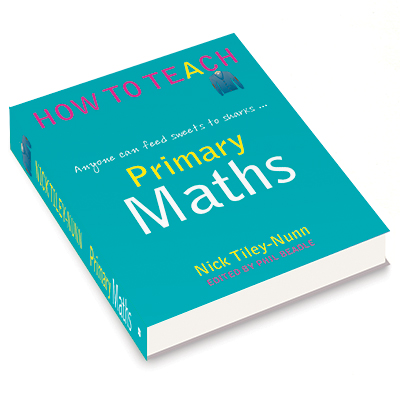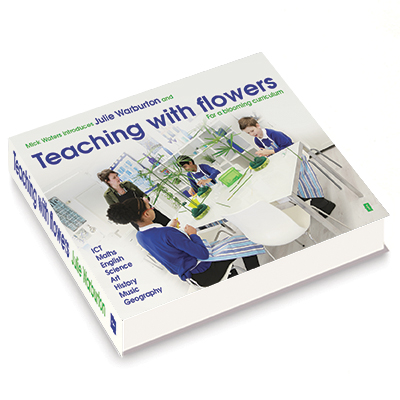
How to Teach Primary Maths - Nick Tiley-Nunn
Reading the foreword to this book by the renowned Phil Beadle makes it clear that Nick Tiley-Nunn is no ordinary teacher. Being described by someone who made teaching cool by doing it on TV as possibly the best teacher in the world, and certainly the best seen by Mr Beadle himself, is a pretty big thing - at least in my humble opinion. It also means there’s a lot of expectation about the contents of this book. Can this world beating teacher deliver and tell me things, after 20 years of working in primary schools, that will make me rush to school on Monday morning desperate to teach maths? Let’s see.
The introduction is, well, interesting - I know, I said ‘interesting’ about a maths book! There’s some reference to maths but a large amount of this section covers areas of problem solving (without mentioning sweets), resilience and creativity. It is clear how Nick’s approach to maths is applicable to learning in general and I’m interested but then, right at the end, he drops in ‘SHINE’ (you’ll have to read the book to see what it stands for!) and I’m hooked. I might even be slightly excited. I know! ‘Excited’ about a maths book!
So, I’m 8 pages in and already I’ve got a number of activities I can take directly and use with learners. I’ve also met a narcissistic race of Evens and a greedy crocodile...and more and more great ideas and approaches for learning keep coming. In fact, the remainder of the book is a throbbing, gooey mass of maths joyousness. Every section of the primary maths curriculum is covered; each in a consistent style of inspiring activities and Nick’s jovial, humourous approach. Don’t be fooled. Nick never takes his eye off challenging our learners to get the best outcomes possible; it’s just that he finds the most inspiring and interesting ways to do it.
There is only one regret I have from reading this book. I wish my own maths teachers had been like this. In fact, I wish the 1000s of maths lessons I’ve taught over my 20 years had been like this.
I have no doubt that many more children would leave primary school with a love and fascination for maths if every passionate primary teacher had this book. This book is an essential addition to any staffroom or teacher’s library; it could even change a generation’s perception of maths.
Read this book and you won’t need the foreword to realise that Nick Tiley-Nunn is clearly no ordinary teacher. Fortunately for teachers and children alike he has chosen to share some of what makes him the teacher he is and I for one will be a better professional for it.


